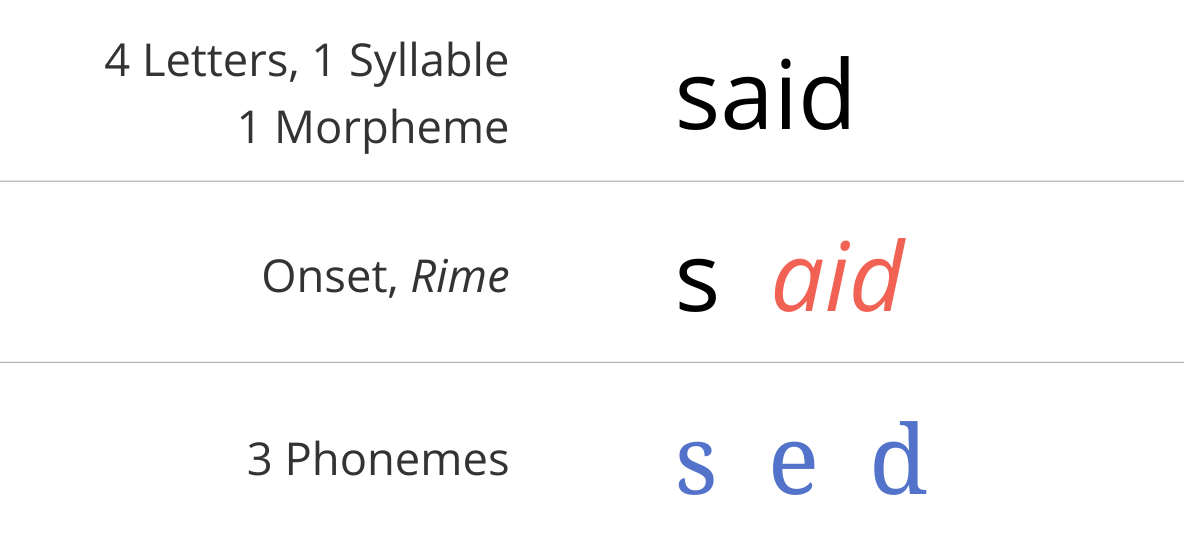Could it be that the nation’s large fraction of students lacking math proficiency is caused by significant numbers of students not having their multiplication tables memorized?
In a California K-12 district with 15% of students proficient in math, according to state testing, only about 25% of fourth graders were found to have their multiplication facts memorized at the grade’s end. This situation exists despite the California Math Content Standards, the math students are expected to learn, stating explicitly that students are to “by the end of grade three, know from memory all products of two one-digit numbers.”
Should multiplication fact memorization be viewed as a minor standard, only one of many, perhaps de-emphasized in a busy school year, or is it a major foundational skill, like phonics is to reading, the lack of which is causing students’ struggles in this district?
The correlation between student multiplication fact memorization and their CAASPP performance was analyzed for one elementary school in the district. The criteria for having multiplication facts memorized, or multiplication fact fluency, is established by research as meaning students can answer multiplication fact questions faster than three seconds per problem. On the CAASPP, students receive numerical scores, and achievement levels are defined using ranges of scores. These levels, from low to high, are: “Standard Not Met,” “Standard Nearly Met,” “Standard Met” and “Standard Exceeded.”
